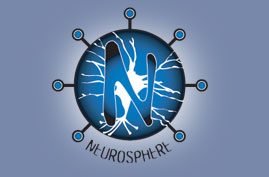Wi-Fi Does the Metropolitan
Network Infrastructure for the Neurosphere
WiFi marches on. Ad-supported made me think Google, but see the note at the end of the article that Google’s offer to build wi-fi out in nearby Mountain View apparently did not call for advertising. Not to look the gift horse in the mouth, but I just can’t believe that. The street light mounting makes me think of cable television network development, which ultimately depended on legislated access to telephone poles (the Pole Attachment Act of 1978). Is this a return to local regulation of telecom – the trend of the last 25 years has been way in the other direction.
“Mountain View-based MetroFi is expected to announce today that it plans to bring free, advertising-supported wireless Internet service to all 130,000 residents of Sunnyvale… Those citizens can get free online access using MetroFi’s network if their computers can pick up wireless Internet, or WiFi, signals. For free access, customers must accept a half-inch advertising strip — much like “banner” ads commonly found on Web pages — at the top of their Web browser at all times.
MetroFi uses a technology called mesh networking, where hundreds of transmitters installed on street-light poles create Internet hotspots like those found at many coffee shops.”
http://www.siliconvalley.com/mld/siliconvalley/13319065.htm
